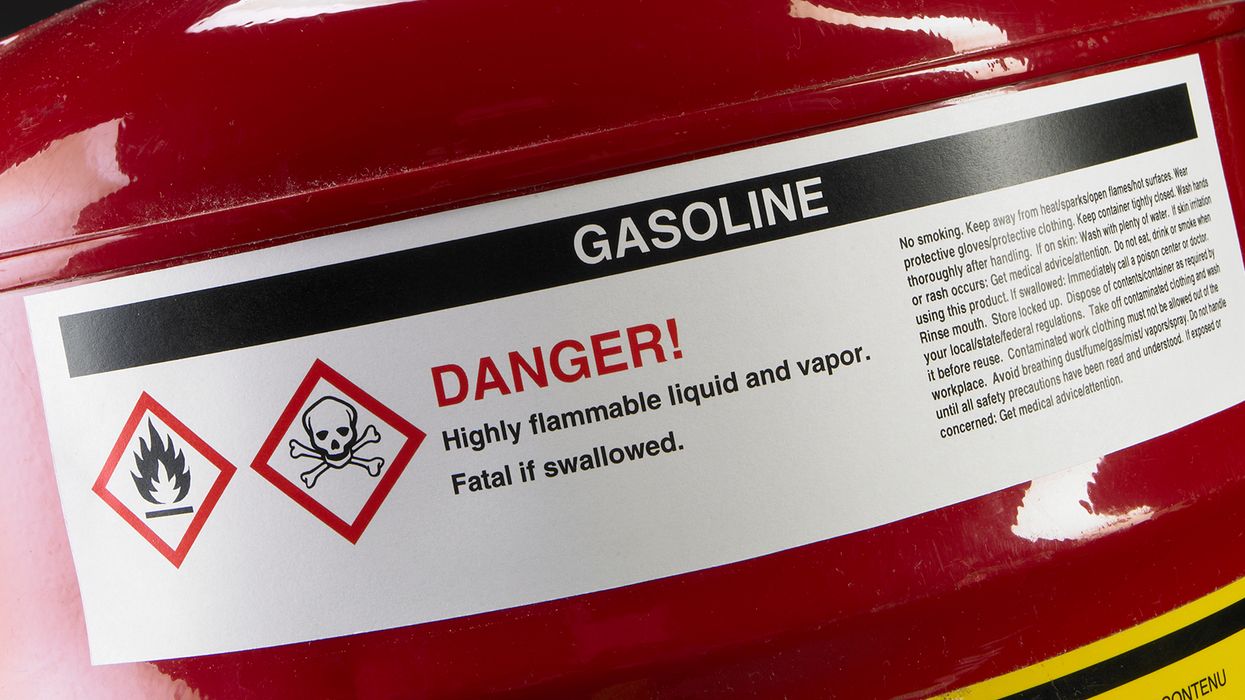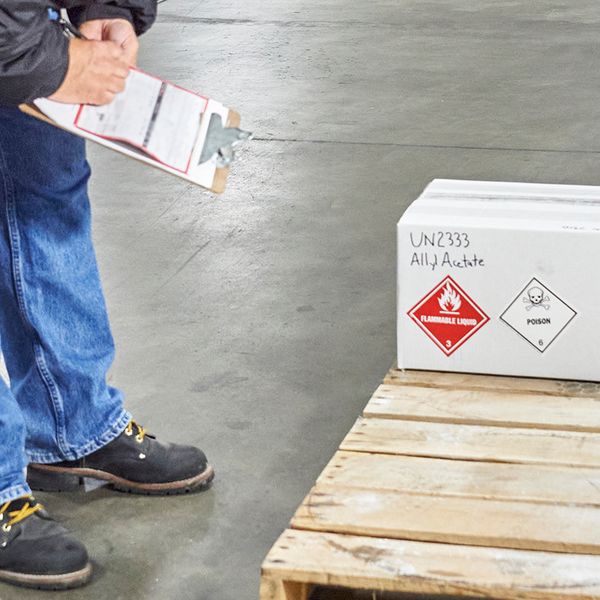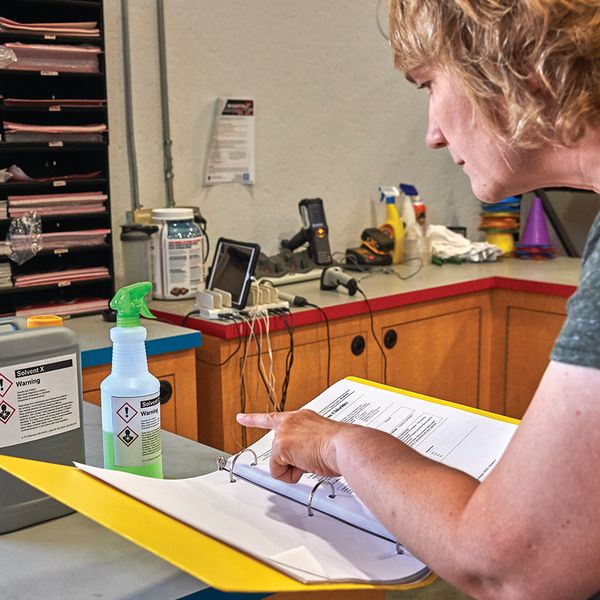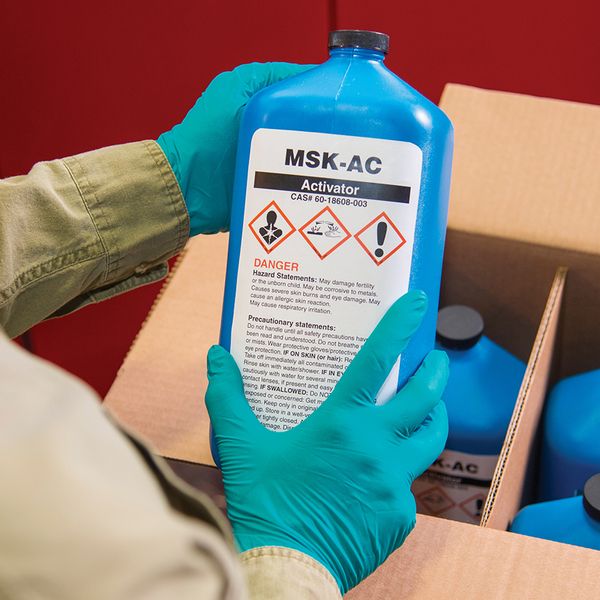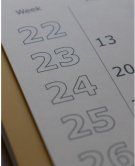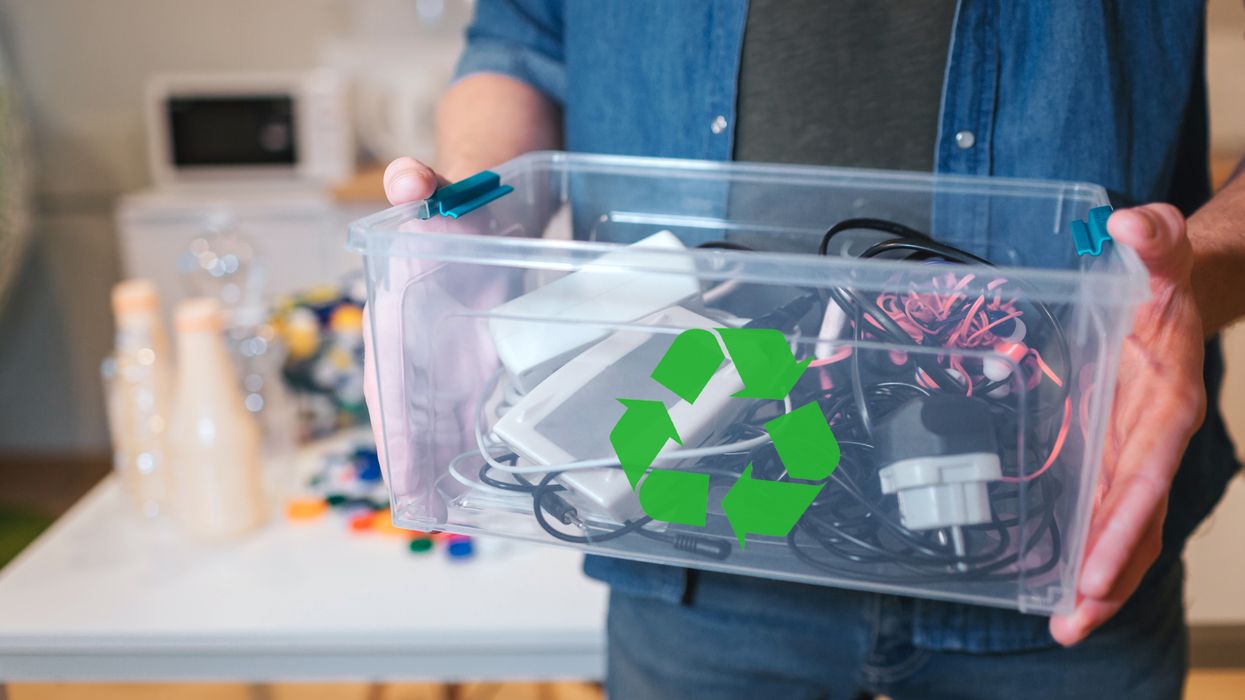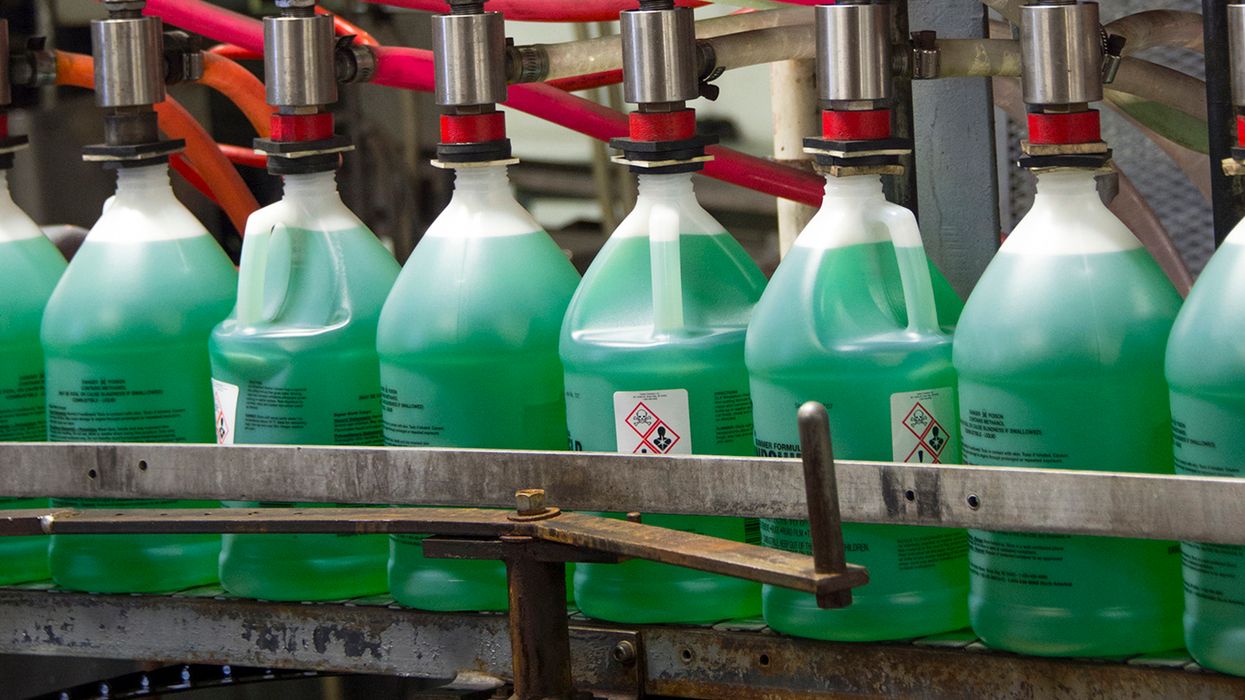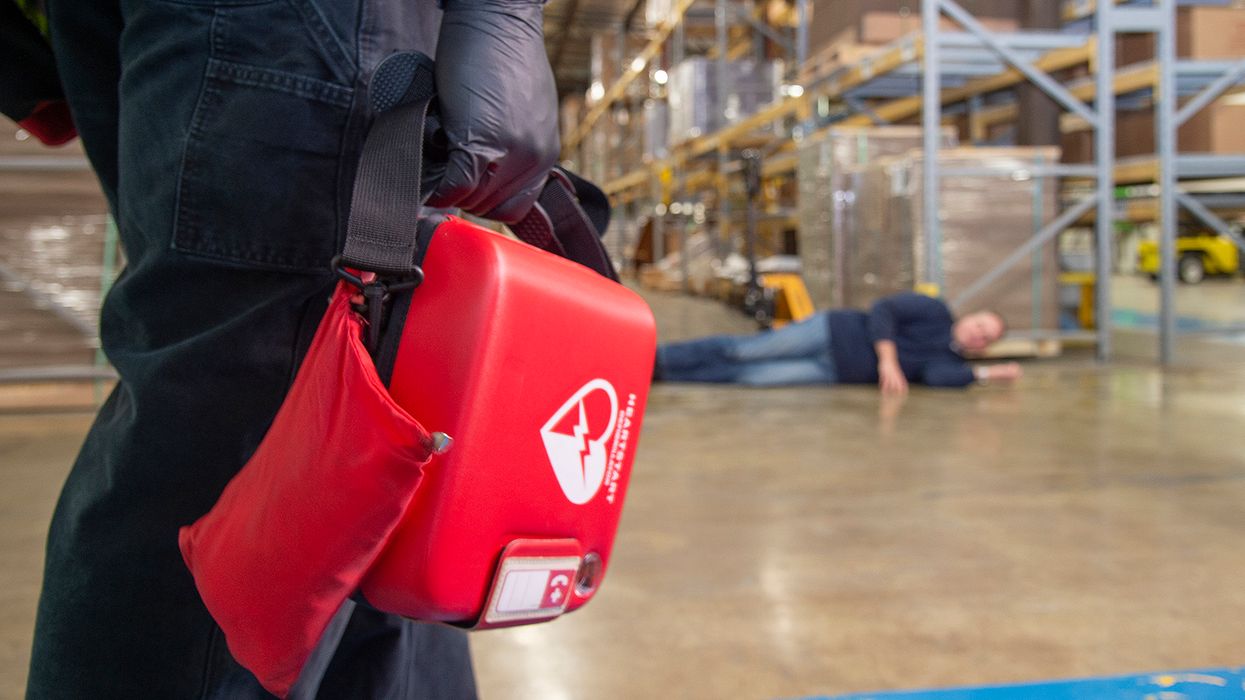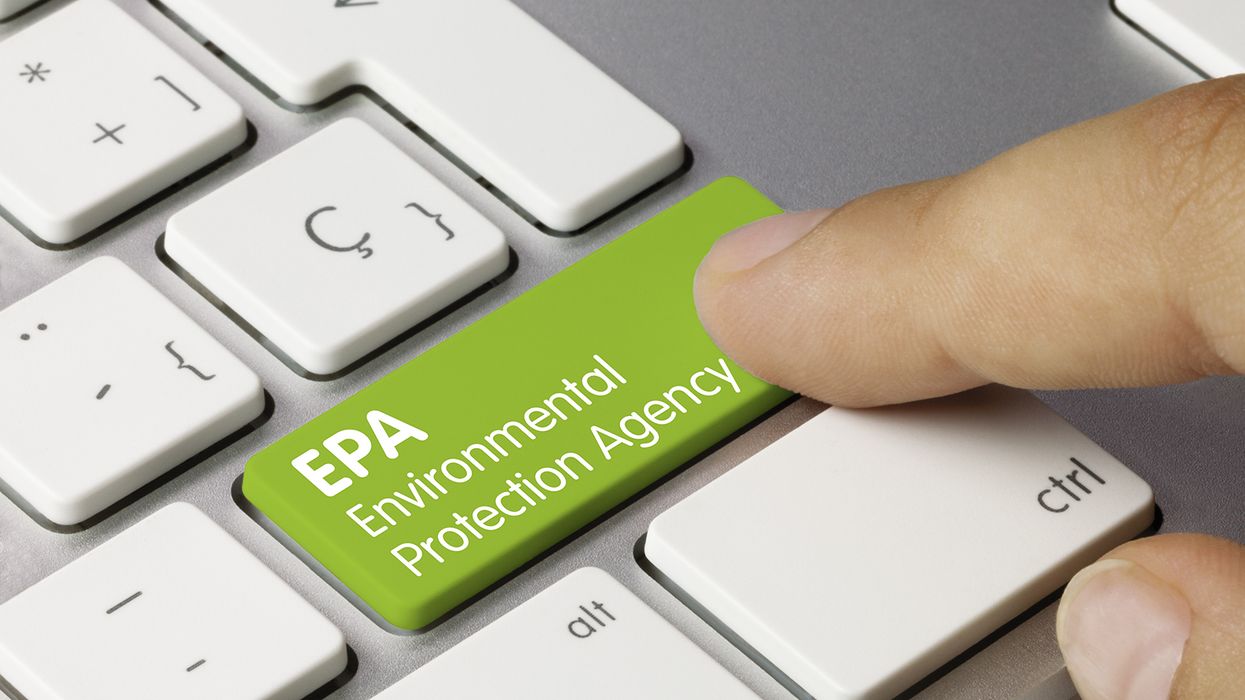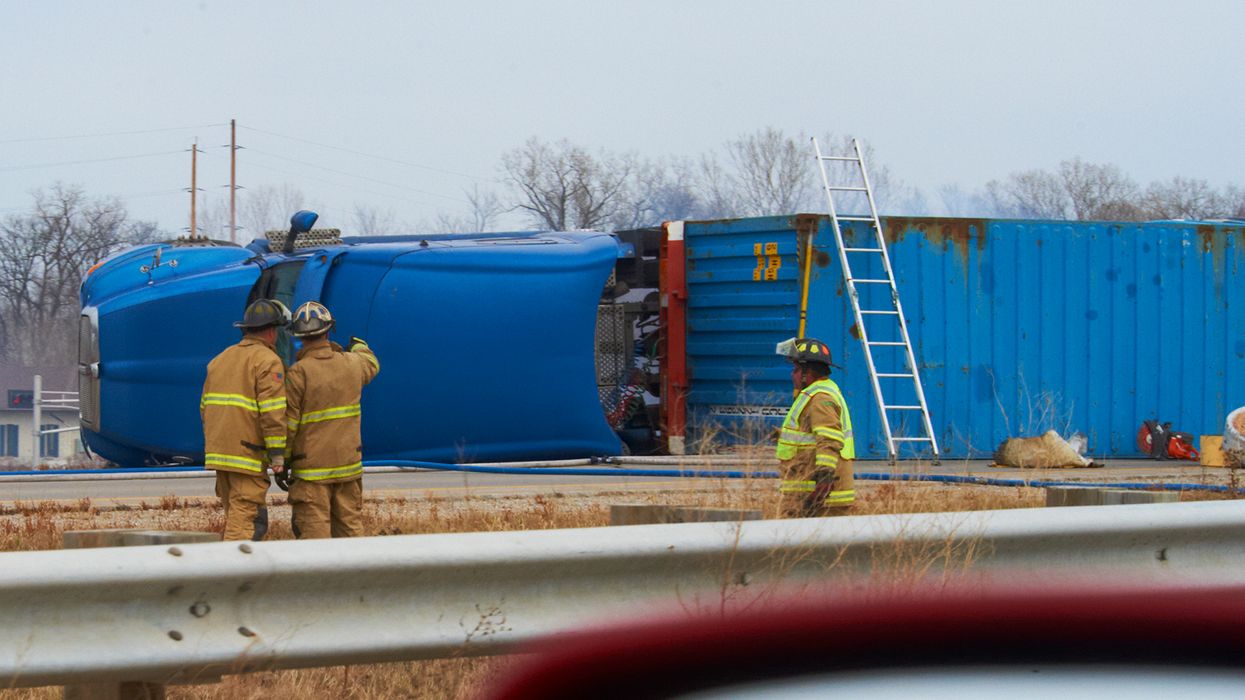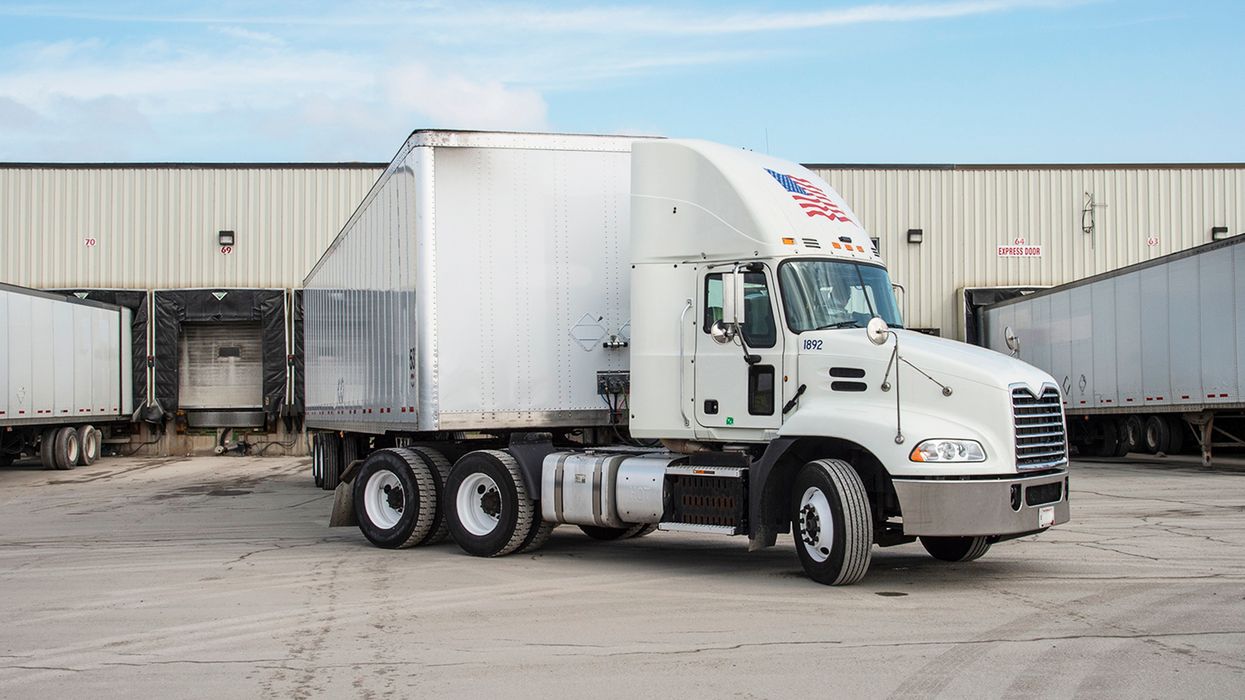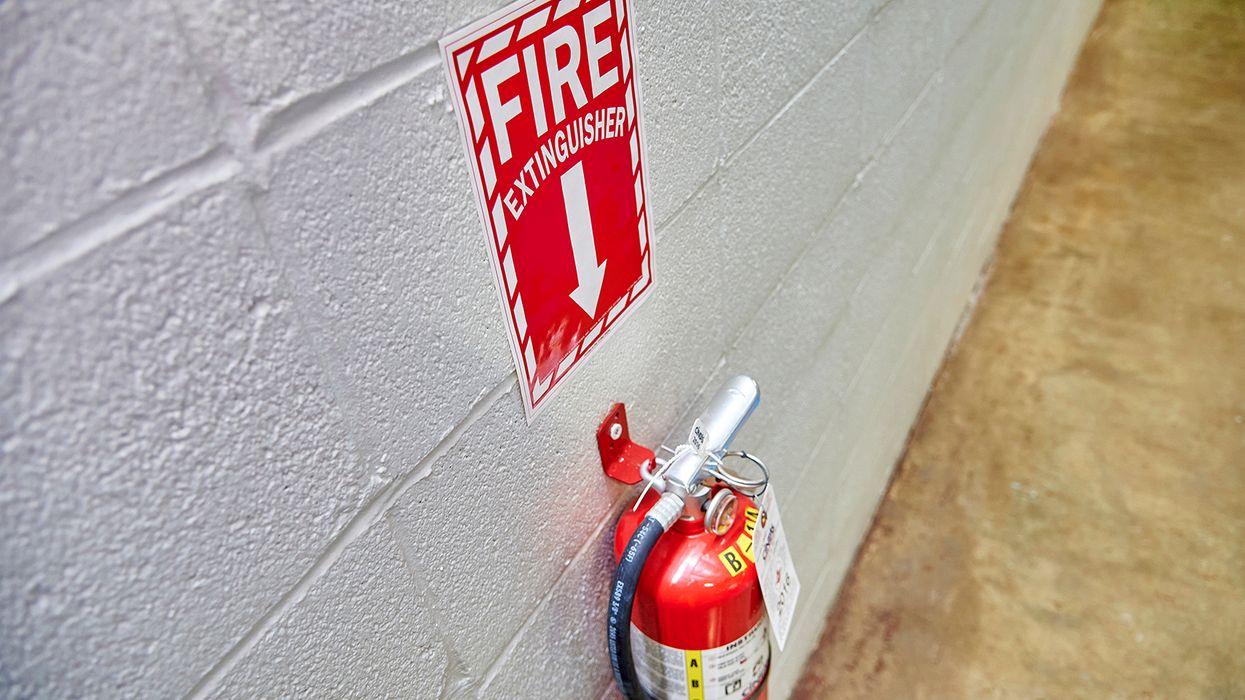OSHA HazCom pictograms: Get the full picture
If you’ve looked at labels on containers of hazardous chemicals, you’ve probably seen a symbol – perhaps a flame, an exclamation mark, or a human silhouette – inside a red diamond. You also may have seen such symbols on a safety data sheet (SDS), within either a red or black diamond. What are they and what do they mean? These are pictograms, graphic symbols used to represent specific information about a chemical’s hazards.
The chemical manufacturer or importer must determine a chemical product’s hazard classification(s) if the product is not otherwise exempt. The hazard criteria in Appendices A and B to 29 CFR 1910.1200, the Hazard Communication (HazCom) standard, must be followed to come up with the classification(s) of the product.
For any covered product, the corresponding pictogram(s) must appear on the immediate container label when the container is shipped. Each pictogram will have a red diamond border. On the flip side, in-house container labels do not require the pictogram if alternative hazard labeling requirements are met, but if a pictogram is still used, the border may be black instead of red. Section 2 of an OSHA-required SDS must show the pictogram(s) in a red or black border, or simply list the pictogram name(s), such as “flame” or “skull and crossbones.”
Pictograms and their meanings
Although you may see any one or more of nine different pictograms, OSHA only enforces the use of eight. This is because the agency has no authority over environmental regulations, which are enforced by the Environmental Protection Agency (EPA). Yet, label preparers may choose to add the environmental pictogram as supplementary information.
Your HazCom training program must provide an explanation of labels and SDSs, and this includes pictograms and their meanings.
| Symbol | Meaning | Examples |
| Health hazard | • Carcinogenicity • Mutagenicity • Reproductive toxicity • Respiratory sensitization • Target organ toxicity • Aspiration hazard | • Asbestos • Arsenic |
| Flame | • Flammables • Pyrophorics • Self-heating • Emits flammable gas • Self-reactives • Organic peroxides • Desensitized explosives | • Gasoline • Potassium |
| Exclamation mark | • Irritation (skin and eye) • Skin sensitization • Acute toxicity (harmful) • Dizziness/drowsiness • Respiratory irritation • Hazard not otherwise classified (HNOC) (non-mandatory) • Destroys ozone layer (non-mandatory) | • Bleach • Ammonia |
| Gas cylinder | • Gas under pressure • Chemical under pressure | • Compressed gases like oxygen and helium • Liquefied gases such as propane • Refrigerated gas such as liquid nitrogen |
| Corrosion | • Skin corrosion/burns • Eye damage • Corrosive to metal | • Sulfuric acid • Sodium hydroxide |
| Exploding bomb | • Explosive • Self-reactive • Organic peroxide | • Nitroglycerin • Trinitrotoluene (TNT) |
| Flame over circle | • Oxidizing gas, liquid, and solid | • Hydrogen peroxide • Oxygen |
| Skull and crossbones | • Acute toxicity (fatal or toxic if swallowed, if contacts skin, and if inhaled) | • Hydrogen cyanide • Arsine |
| Environment (non-mandatory) | • Aquatic toxicity (acute) • Aquatic toxicity (chronic) | • Lead • Cadmium |
Pictograms on transported chemicals: OSHA and DOT
It’s important to note that the OSHA pictograms don’t replace the diamond-shaped labels that the U.S. Department of Transportation (DOT) requires for the transport of chemicals, including chemical drums, chemical totes, tanks, or other containers. When a pictogram required by the DOT under 49 CFR 172 appears on the immediate container that’s being shipped, the pictogram specified in 1910.1200 for the same hazard is not required on the label.
For example, if a 55-gallon drum is required to have both DOT and OSHA HazCom label elements, and the chemical’s classification mandates the same pictograms under both DOT and OSHA regulations, the manufacturer or importer may either:
- Display only the DOT pictogram for the hazard, or
- Display both the DOT and OSHA HazCom pictograms for the hazard.
For hazards where DOT requires no pictograms (e.g., carcinogens), HazCom pictograms must appear.
Finally, if the immediate container of a DOT- and OSHA-covered chemical is shipped in an outer package, the complete OSHA shipping label (including the pictogram) must appear on the immediate container, and the complete DOT label must appear on the outer packaging.
Key to remember: Pictograms provide clues about a chemical product’s hazards. Your HazCom training program must provide an explanation of labels and SDSs, which includes pictograms and their meanings. OSHA pictograms do not replace the diamond-shaped labels that the DOT requires for the transport of chemicals, but it’s worth noting that in some cases an OSHA pictogram is not required on the containers.

